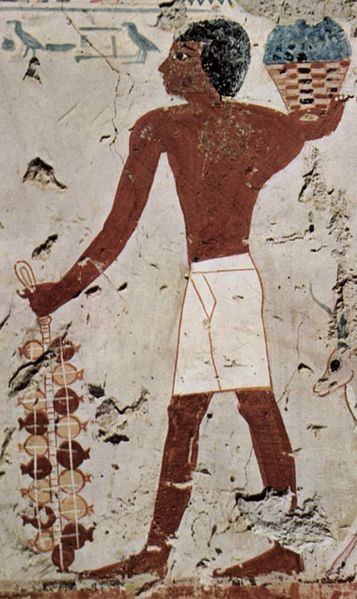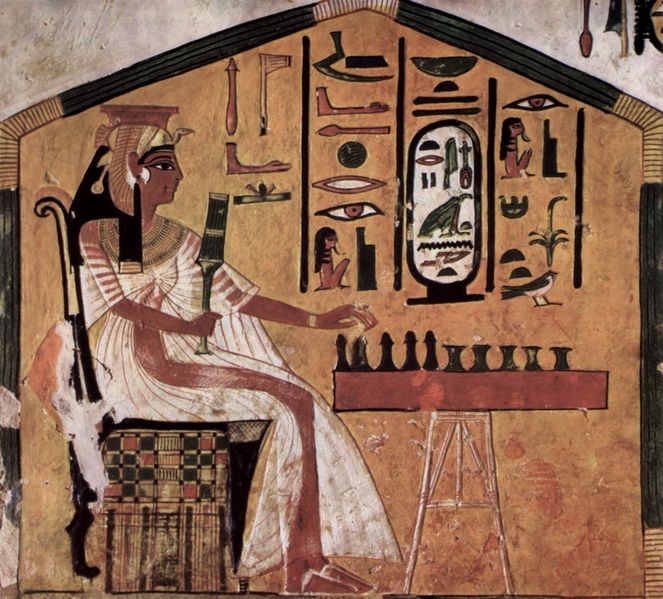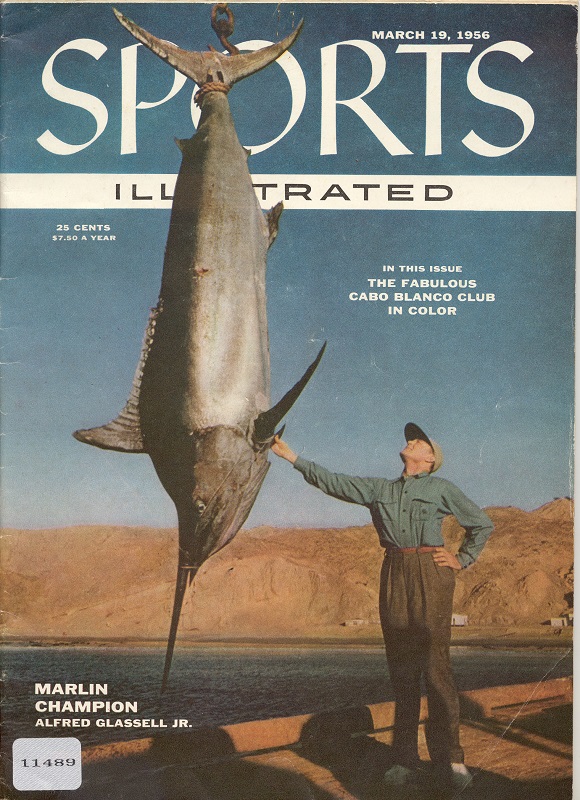Although Egyptian civilization is one of the oldest in the world, they manage to influence our modern society in many ways. One of those ways is fashion. Ever since the original Egyptian craze a century ago, Egyptian fashion has influenced modern designers on an off. The key to the timelessness of ancient Egyptian fashion is that they knew how to keep things simple and elegant. In the nearly 5,000 years of their empire’s existence the typical costume of Ancient Egypt didn’t change all that much. However, the small trends and fads that did occur often prove useful to Egyptologists who want to date an artifact and also for anyone wanting to dress like an Egyptian for Halloween. For those researching for an accurate costume, you may find it harder to sport the real deal in public than you thought. So let’s take a look at Egyptian trends and expand our knowledge and costume options.
Jewelry
These days we think of jewelry as an accessory. When dressing for work in the morning, you’re probably more concerned about putting pants on than strapping on your nicest wristwatch or favorite necklace. For the Ancient Egyptians, however, jewelry would have been considered essential and most Egyptians wore far more pieces of jewelry than they did articles of clothing
Clothes were an expensive commodity, most men and women commonly wore shentis (kilts) and nothing else. While working outside it was perfectly acceptable to go nude, partly to avoid damaging clothes and partly to stay cool, both men and women did it throughout Egyptian history. Basic body coverage was desirable, and essential in cooler months, but anything above that was considered an optional accessory and few could afford such luxury. Thus one major reason jewelry was so important in Ancient Egyptian society was because it was one of the few ways people could show off their wealth, however meager, and social status.
Another reason jewelry was so important was the supposed magical qualities certain pieces possessed. Certain amulets were considered to have protective powers, so some form of these amulets would be worn by most Egyptians at all times in order to avoid illness or ward off evil. In our collection at HMNS, we have several scarab-shaped beads with small prayers carved in the back, meant to invoke health or success. The spiritual protection provided by jewelry was considered far more important than the physical protection of clothes.
So, partly for magical protection, but also because it looks pretty, everyone wore jewelry. Even the poor would wear cheap jewelry made from faience or natural fibers.
Wigs
Wigs were worn throughout Egyptian history. There are a number of theories as to why Ancient Egyptians wore wigs:
- Shaving one’s head helped to prevent lice, wigs would be worn over shaved heads
- Wigs helped to hide grey or thinning hair
- It was good to have the option to take your hair off to stay cool in the North African heat.
Wigs were made out of a variety of materials, including plant fiber, wool and human hair. The finest wigs were made out of human hair. Most wigs were black, but blonde wigs were popular as well.
Clothing
Most evidence for what the Ancient Egyptians wore comes from preserved statues, reliefs and paintings found in tombs and temples. The general trend is that as time went on, people wore more clothes. In depictions from the Old Kingdom (2,686 BCE-2,181 BCE) , both men and women are often portrayed wearing knee length kilts, called shentis, leaving their chests bare. Men of high class are only distinguished from commoners by their jewelry and the occasional leopard skin worn across the chest. Upper class women sometimes wore long, skin tight dresses called kalasiris that extended from just below the bust to just above the ankles and were held up either by a belt or by shoulder straps. These dresses did not always cover the breasts as the Egyptians had no taboo against women showing their chest in public.
Although the depictions show the dresses as being skin-tight, Egyptologists are uncertain whether the clothing actually fit this way, whether this is a little bit of “ancient photoshop” to make loose garments appear tight, or whether it’s an attempt to portray the sheer (and rather revealing) fabric that wealthy Egyptians wore, through which the outline of one’s body could be seen. The reason behind this uncertainty is that very few examples of women’s clothing exist from Ancient Egypt, so there’s not much of a sample to study. The dresses that are preserved are generally loose fitting. One thing that is for sure is that without stretchy fabrics it would have taken an incredibly skilled tailor to make a skin-tight dress out of the rigid linen and maybe cotton fabrics that were available and considering that only a few generations earlier everyone was wearing reeds and animal skins and that there wasn’t any other traditions of tailoring from nearby civilizations to borrow from, it seems unlikely that they would have possessed the requisite knowledge and skill to make form fitting dresses like the ones that appear in the art.

Egyptian bead dress, reconstructed from beads dated to the Old Kingdom, on display in our Hall of Ancient Egypt.
Sometimes women of the Old Kingdom are depicted wearing bead dresses over their white linen garments. The beads from the dresses have been preserved in several tombs and we have a reconstruction of one such dress on display in our Hall of Ancient Egypt. In the colder moths women would wear shawls or robes and men would wear robes.
During the Middle Kingdom (2055 BCE-1650 BCE) both women’s and men’s fashion remained pretty much the same, except for the addition of elaborate pleats to their garments and also the practice of tying men’s kilts in elaborate knots just above the crotch. The pleats are actually pretty significant because nobody knows how exactly they were able to keep the cloth stiff enough to maintain the creases. Most likely starch was used but where it came from is uncertain.
During the New Kingdom Egyptians began to significantly spice up their wardrobe. The New Kingdom (1550 – 1077 BCE) is the age of Imperial Egypt. The nation had been large and wealthy before, but during this period they spread their borders from Modern day Sudan in the South all the way up to present day Turkey in the North.

Print showing a man riding a chariot, holding a bow and accompanied by a young man and some type of cat possibly a leopard, 1884. Author unknown. Source: Wikimedia Commons.
Perhaps benefiting from increased contact with other cultures, or maybe benefiting from technological achievements, Egyptian fashion took a huge step forward. New Kingdom attire is what most people imagine when they think of Egyptian fashion. During this period men wore longer kilts which stopped just below the knees. The kilts were pleated and sometimes tied at the front. Men also sometimes wore loose fitting, short sleeve blouses, often in a sheer material (if they could afford it). Women wore long dresses that were similar to those of previous eras, but were accented with ‘capelets’, which were shawl-like capes made of pleated sheer fabric that attached to a collar and covered the shoulders. It was still common for women to wear dresses which leave the chest exposed, however in this period sheer capelets now provide some coverage. Colorful textiles show up more commonly in the New Kingdom than in previous eras, with elaborate check designs being sported by certain queens. There are also depictions of queens wearing colorful sashes and patterned shawls over the still popular white kalasiris. Colorful beaded dresses continued to be worn. Men’s kilts and tunics often featured elaborate patterns as well.
Conclusion
If we’ve learned anything from our little foray into the study of ancient Egyptian fashion, it’s keep your clothes simple and understated but don’t be afraid to accessorize. Indeed that seems to be a common link between renown fashionistas of all eras, with a few notable exceptions. And as far as Egyptian Halloween costumes, well unfortunately the ancient Egyptian fascination with sheer fabric makes that difficult. Luckily,though, only the very wealthy could afford sheer fabric, so you can dress a modestly successful Egyptian, sporting the same style clothing but in coarser, non-transparent fabric, to avoid making anyone blush.











